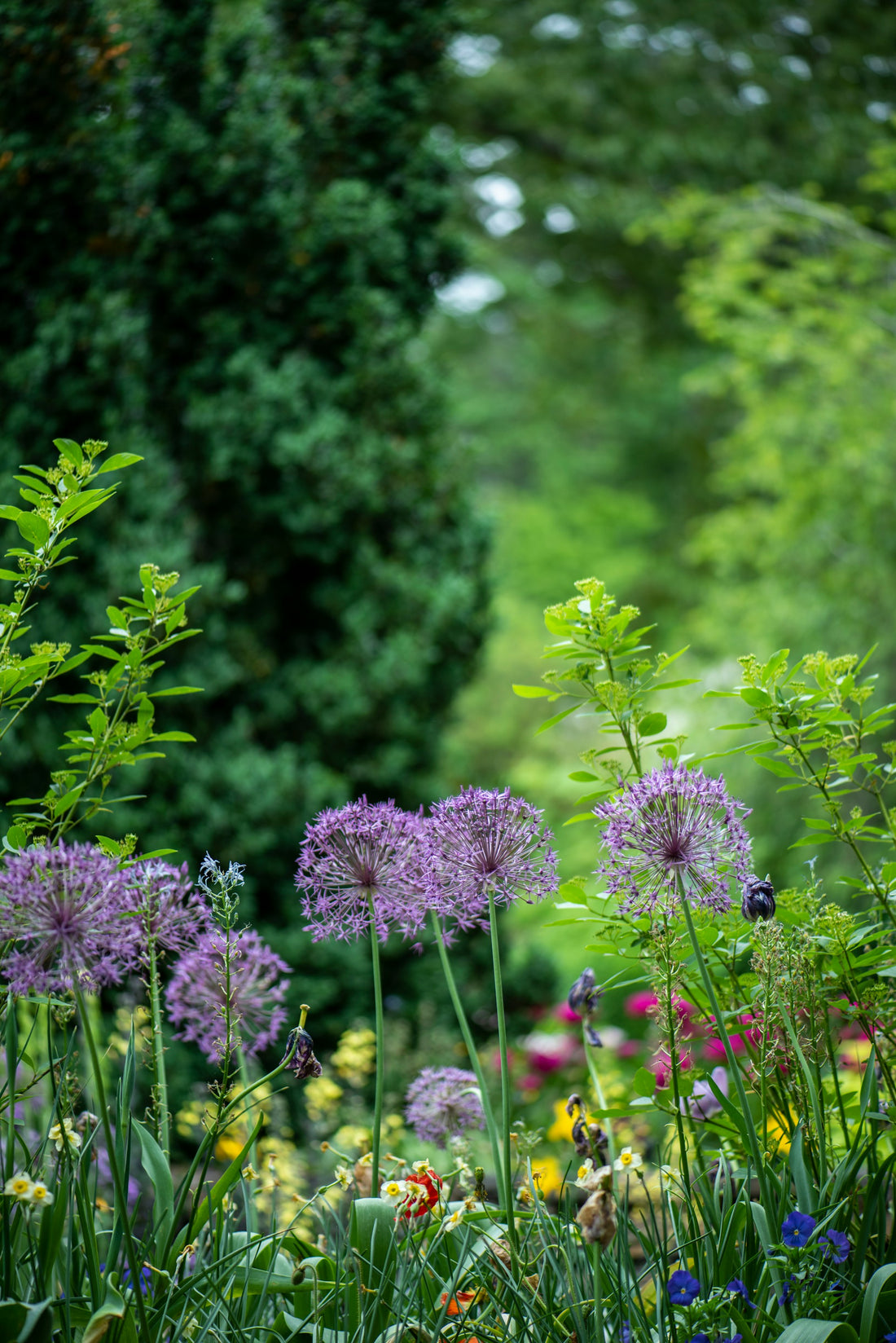Lawn care is exhausting and wildflower meadows are beautiful. It takes a little work, but the transformation from lawn to wildflower meadow is absolutely worth it. Plus, its better for the environment, better for your wallet, and better for all the native insects and mammals.
The Importance of Meadows
Meadows are not just aesthetically pleasing; they play a vital role in supporting a wide array of native plant and animal species. Unfortunately, meadows have been in decline over the past few decades due to factors such as intensive agriculture and the use of pesticides. By creating a meadow in your own backyard, you can contribute to the preservation and restoration of these valuable ecosystems.
Assessing Your Site
The first step in creating a wildflower meadow is assessing your site to determine its suitability for this transformation. Consider factors such as sunlight exposure, soil type, and moisture levels. Most meadow plants require at least half a day of sun, so ensure that your site meets this requirement.
Additionally, examine the soil conditions, as some meadow species thrive in sandy or loamy soil, while others prefer clay or gravel. Identifying existing plants in the area can also provide valuable insights into the soil type and moisture levels.
Preparing the Ground
If you are starting from bare, unplanted land, this process may take several years. Begin by loosening any compacted soil using a fork or other gardening tools. Compacted soil can hinder plant growth, so it's crucial to improve its structure before sowing seeds or planting. Consider planting a cover crop to break up the heavy soil and suppress weed growth. Cover crops like buckwheat, clover, or oats can quickly carpet the soil, outcompeting weeds and improving soil structure.
Weed Control
Before sowing seeds or planting, it's necessary to prevent weed seeds from germinating and overtaking your native plants. Cover crops can be an effective method for weed suppression. They not only outcompete weeds but also stimulate microbial life in the soil. If your site is particularly weedy, consider a full year of cover cropping before sowing native seeds. Additionally, identify any invasive plant species in your area and remove them.
Choosing Native Species
Native plants are adapted to the local climate, soil conditions, and wildlife interactions, making them resilient and beneficial to the ecosystem. Research the native plant species that are well-suited to your site's specific conditions, such as sun exposure, soil type, and moisture levels. Aim for a diverse mix of wildflowers, grasses, and other native plants to create a balanced and vibrant meadow.
Sowing Seeds
The timing of seed sowing can vary depending on your location and the specific species you are planting. Some native species require a period of cold stratification to break dormancy, while others prefer to be sown in the spring or fall. Prepare the soil by raking it gently to create a fine texture. Then, scatter the seeds evenly across the prepared area, ensuring good seed-to-soil contact. Lightly press the seeds into the soil to secure them in place.
Planting Small Plants
In addition to sowing seeds, you can introduce small plants to your meadow to accelerate the establishment process. Native plant nurseries and garden centers often offer a variety of juvenile wildflowers and grasses in small pots. Plant these small plants into your meadow in early spring or fall, following proper planting techniques and spacing recommendations. This method allows for more immediate visual impact and can help fill in gaps between the seedlings.
Maintenance and Care
Once your wildflower meadow is established, it requires semi-regular maintenance and care to ensure its health and longevity. Regular mowing is essential to prevent the encroachment of woody plants and maintain the meadow's open character.
However, timing is crucial. Mow your meadow in late fall or early spring, allowing native plants to flower and set seeds before cutting. This timing also benefits wildlife that depends on meadow habitats for food and shelter. Additionally, monitor and control invasive species to prevent them from outcompeting native plants.



